Why Is Ventilation Important?
To a person who isn’t constantly immersed in a lab environment, ventilation can often be forgotten or at least have its importance significantly downplayed. In reality, without proper ventilation, there can be significant risk to the lives and well-being of workers, liability for others present in the building, as well as potential damage to the laboratory environment.
According to OSHA (Occupational Safety and Health Administration), employers “shall furnish to each of his employees employment and a place of employment which are free from recognized hazards that are causing or likely to cause death or serious physical harm to his employees.”
In the OSHA “Laboratory standard,” it says that employers must designate a Chemical Hygiene Officer and have a written Chemical Hygiene Plan, and “actively verify that it remains effective.” This Chemical Hygiene Plan “must include provisions for worker training, chemical exposure monitoring where appropriate, medical consultation when exposure occurs, criteria for the use of personal protective equipment and engineering controls, special precautions for particularly hazardous substances, and a requirement for a Chemical Hygiene Officer responsible for the CHP.” (Chemical Hygiene Plan)
All this is to say that laboratory ventilation is very important. Both for the safety and well-being of lab employees, but also for OSHA regulatory compliance.
Let’s dive into 5 Ways To Properly Ventilate A Laboratory:
#1 – Fume Hoods
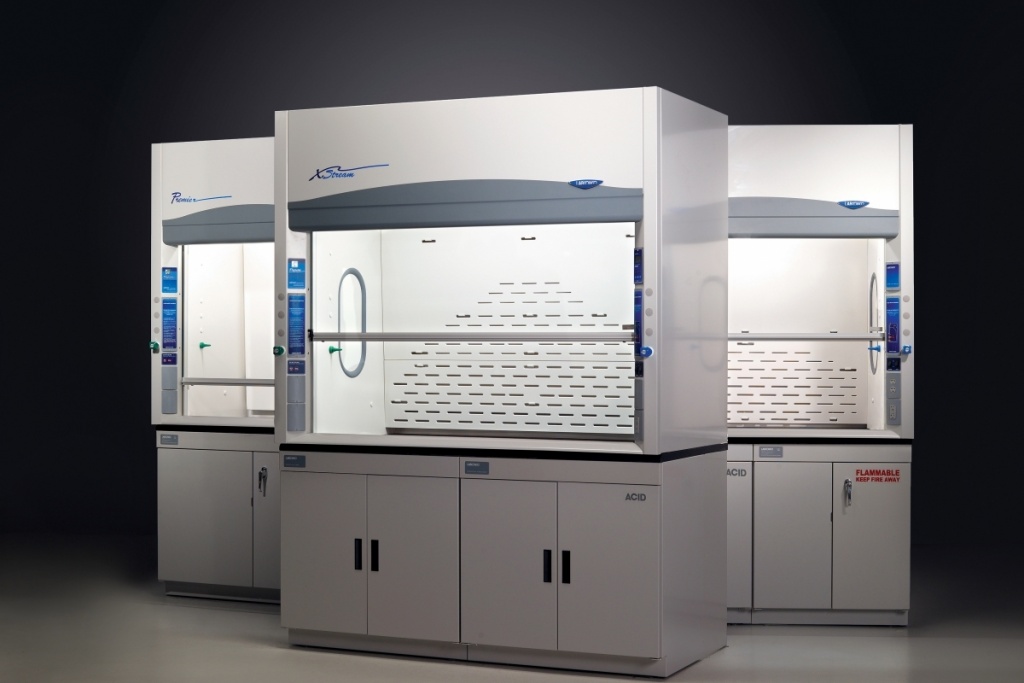
Chemical fume hoods are the vast majority of the exhaust systems you will see in lab settings. They’re also, most likely, the image that pops into your head when you think of a professional lab.
Fume hoods are designed to protect the user from hazardous chemicals. They do this by creating a work area to contain procedures. Any fumes generated can be safely exhausted and propelled out of the building through a dedicated exhaust system. This type of system is employed to ensure that there is no chance of fume hood exhaust mixing with ordinary building ventilation systems.
“The solution to pollution is dilution”
Let’s quickly address a common concern about fume hoods exhausting into the open air. Imagine you’re standing in a fume hood, handling something dangerous and volatile. You would not want to be exposed to this chemical, but you will flip a switch and that very thing that you don’t want to be exposed to is going to be blown out of the building into air that everyone else on the campus will be breathing. How does this make sense?
It’s a little cheesy, but it’s generally true – the solution to pollution is dilution. This quip that has been used for decades isn’t the final word on air contaminants, but it is quite relevant here.
Understand that once the gasses and particulates are mixed with so much air and ejected from the top of a building, they become so diffuse that they are no longer a hazard or a danger for the people in the area. This is how exhausting fume hoods into the open air is safe for both lab workers and the population at large.
When exhaust is going to be a danger to the general population, scrubbers or containment media/filters are used. These clean or “scrub” air from lab work involving high-volume acids, radio-isotopes, and other dangerous particulates. In these situations, scrubbers are necessary for public safety.
OSHA Guidelines
The performance and exhaust/containment parameters of fume hoods are governed by OSHA. Fume hoods are tested through industry-standard practices to ensure user and public safety.
#2 – Bio Safety Cabinets
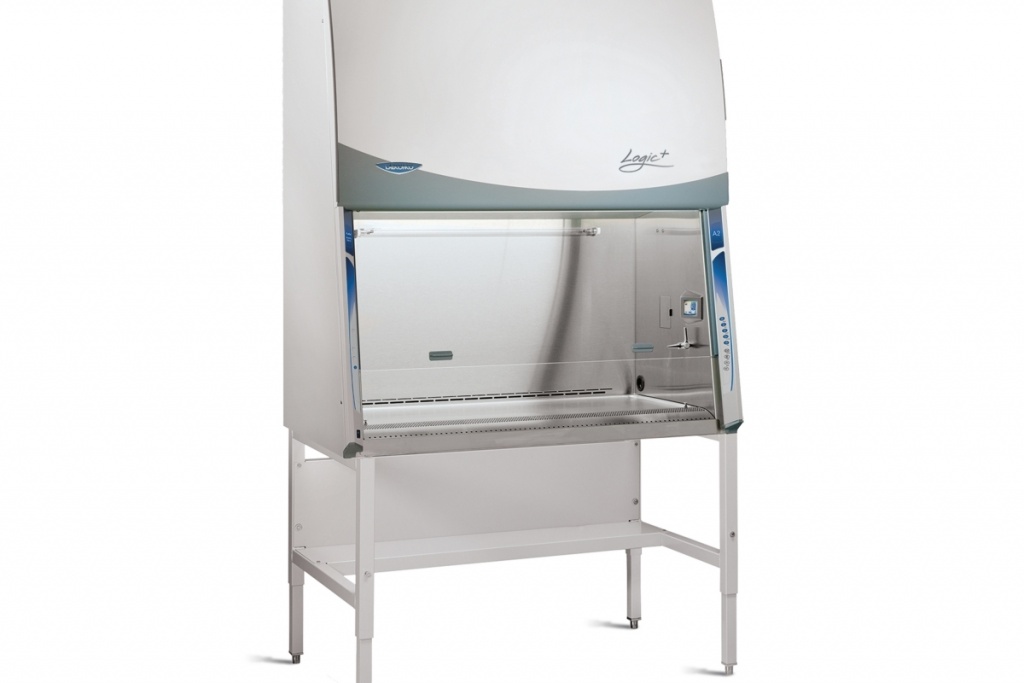
Bio-safety cabinets are a broad category of containment enclosures. These are used when biological samples are involved. This includes human or animal tissues, cells, viruses, or even Corona viruses.
Bio-safety cabinets differ from fume hoods because they don’t simply exhaust dirty air, they also HEPA filter it before exhausting. The reason bio-safety cabinets are important is because they handle particulates that cannot enter the public air.
There are many different types of bio-safety cabinets for different applications. The graphic below clarifies these different uses.
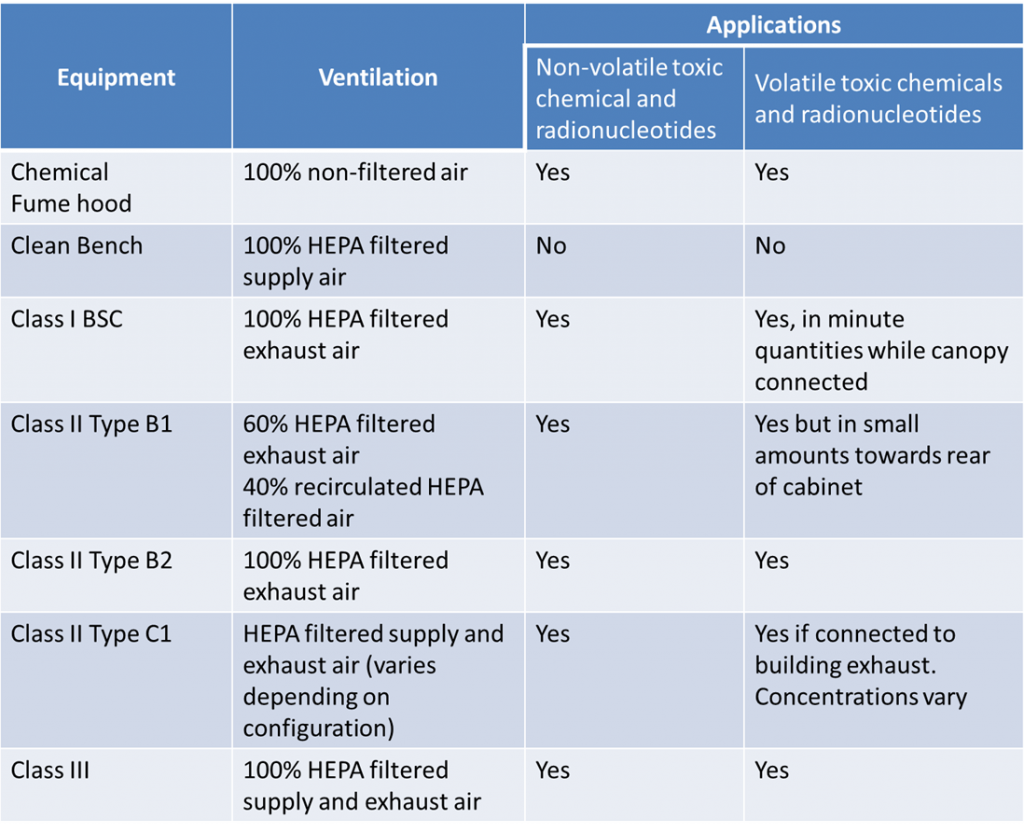
In the case of a fume hood, a user could safely work on virus samples. The minute that air was exhausted out of the building, there would then be virus particles in the open air. Bio-safety cabinets keep both the user and everyone else safe by filtering the air before it leaves the chamber.
In addition, you don’t want your biological sample to be contaminated. Bio-safety cabinets are also filtering the air that goes INTO the workspace. This way if your technician has a cold, you’re not mixing that virus with the other virus you’re currently testing and creating a false-positive or adding some other unknown into the equation.
The majority of bio-safety cabinets exhaust their air back into the laboratory, they do not get exhausted outside of the building. This is because the air has been purified and does not need to be exhausted outside the building.
NSF Guidelines
Bio-safety cabinets fall under the regulation of the NSF (national science foundation).
Ergonomics
There are special ergonomic factors associated with bio-safety cabinets that are not traditionally present in chemical fume hoods. This is because bio-safety cabinets are often a full-time workspace. The angled glass and sitting position allow users to be more comfortable while spending large amounts of time under the bio-safety hood.
#3 – Canopy Hoods
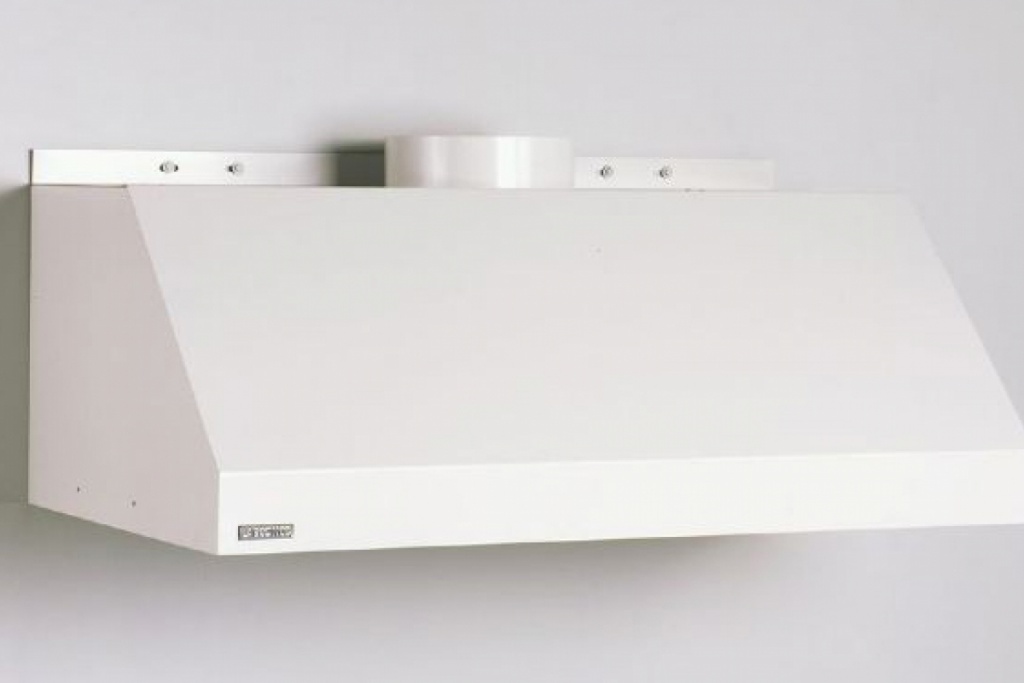
Canopy hoods are indiscriminate exhaust platforms that suck up anything around them. In a kitchen, the hood over the stovetop is a canopy hood. In a lab setting, these are usually used for thermal exhaust over ovens.
Many laboratory testing procedures happen in small-footprint ovens. These ovens create high temperatures. When you open the oven doors, large amounts of heat are dispersed into the room, potentially carrying noxious fumes. A canopy hood sits over an oven or a bank of ovens. While these are operating, the heat is captured and exhausted instead of dramatically raising the temperature of the room.
Canopy hoods are not designed for hazardous fumes because they do not have guaranteed capture. They don’t ventilate a specific area. Canopy hoods are for noxious fumes and thermal loads that can be captured in bulk and do not represent a danger to lab workers.
Canopy hoods also increase the efficiency of your air circulation. Fighting heat fluctuations with your air conditioning is inefficient and can become expensive. Canopy hoods remove heat pockets so that your air conditioning is not adversely affected by the temperature changes.
Only so much cold air can be pumped into a room before pressure issues are created. When you exhaust hot air, you create more room for cold air. You want your ventilation systems to be as efficient as possible and best-suited to your needs.
How Canopy Hoods Help The Environment
Let’s use a lab in Arizona as an example. In Arizona, a lab would want their efficiency to be as high as possible because cold-air is very expensive. There is a significant focus on energy when it comes to exhaust because labs want to be as efficient as possible. Fume hoods tend to be the #1 contributor to energy consumption. If you want to create a greener world, fume hoods must be a part of your considerations.
#4 – Localized Or Snorkel Exhaust
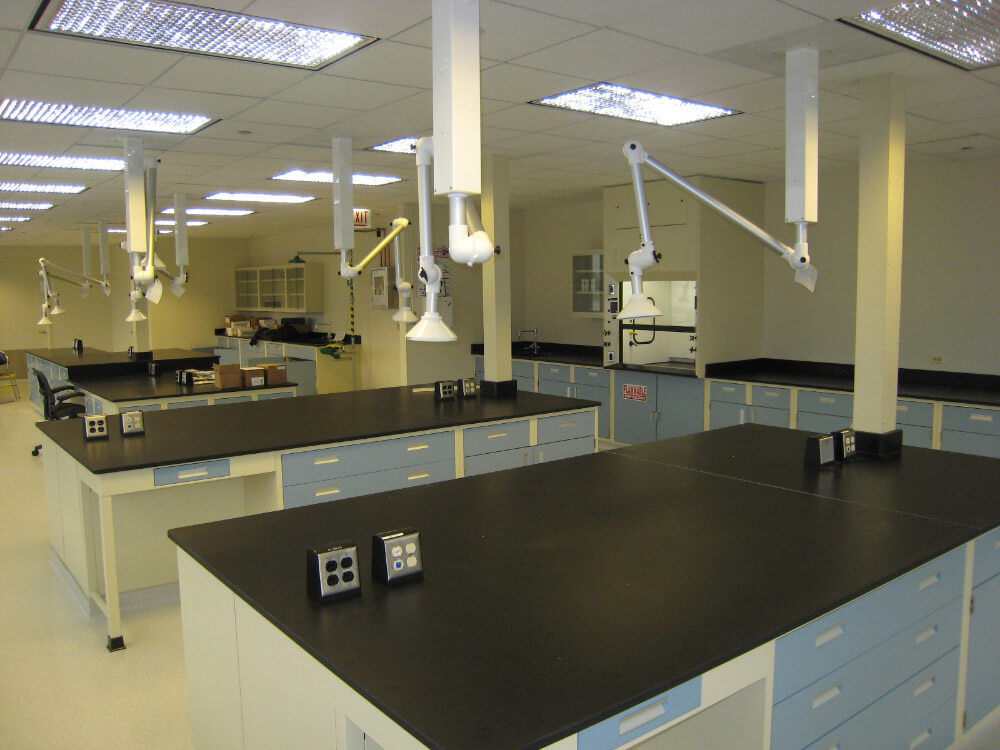
Snorkels are considered localized exhaust. These are very simple exhaust mechanisms. They don’t have any kind of uniform standard for performance and they don’t have any particular governmental oversight. Their main purpose is to suck noxious fumes out of a workspace.
Localized exhaust like this is typically used when handling cell cultures that aren’t harmful, but they do smell bad. For example, a medical lab that handles urine samples will want a snorkel exhaust to avoid noxious fumes that are unpleasant.
Localized exhaust removes far less air than other exhaust systems. This allows you to capture fumes without a massive and expensive exhaust system. In addition, localized exhaust can be maneuvered directly over the source of the noxious fumes because localized exhaust is far more flexible than any other form of exhaust system.
Finally, localized exhaust also allows your technicians to work in a comfortable position. It can be exhausting and extremely uncomfortable to work in a fume hood for long periods of time.
#5 – Ventilated Enclosures
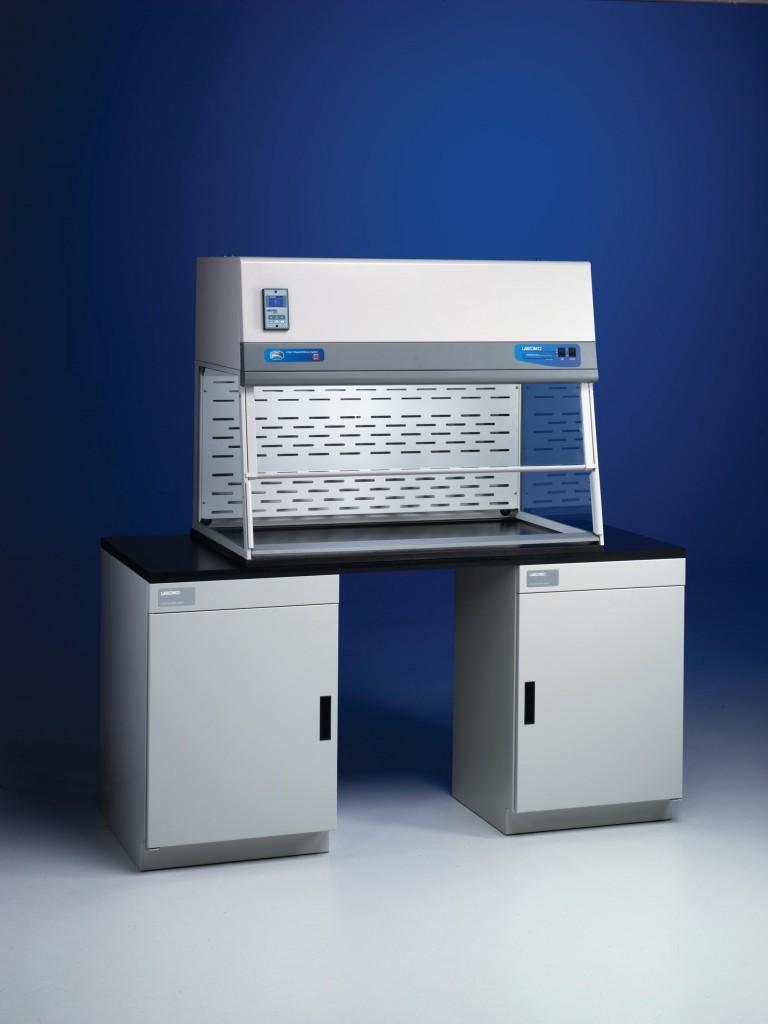
Ventilation enclosures are small boxes that sit on a countertop or a portable table. They are designed to take exhaust out of the workspace. Like localized/snorkel exhaust systems, ventilation enclosures handle fumes that are noxious but not hazardous. Put simply, they smell bad, but they won’t hurt you.
Ventilation enclosures do not have the same containment guidelines as fume hoods or bio-safety cabinets. They can be a “catch-all” for anything that isn’t a hazardous fume. If a user is doing an experiment that has a high volume of exhaust or hazardous fumes, they should do it in a fume hood. If the user is simply mixing powders that they don’t want to smell or want to contain in a specific area, ventilated enclosures will get the job done.
Ventilated enclosures are especially useful in education settings. It won’t hurt anyone to smell sulfur, but it can be very unpleasant, especially if 16 students are creating the problem simultaneously. Ventilation enclosures have a powerful enough suction to draw out the noxious fumes and expel them outside of the building.
Creating A Safe Lab Environment
If we’re not careful, safety can become a list of boxes that we’re only checking to make sure we’ve covered our exposure. It can be relatively easy to become complacent or apathetic when it comes to lab safety.
It’s important to remember that there are people who work in labs. Day-in and day-out they handle chemicals, human or animal tissues, waste, bacteria, viruses, and more. These can be highly dangerous, noxious, or unpleasant. Creating a safe lab environment means creating an environment where lab employees feel comfortable.
There should be no situation where lab employees are concerned about their own safety or health while doing their job. Ventilation plays a significant role in creating that safe lab environment.